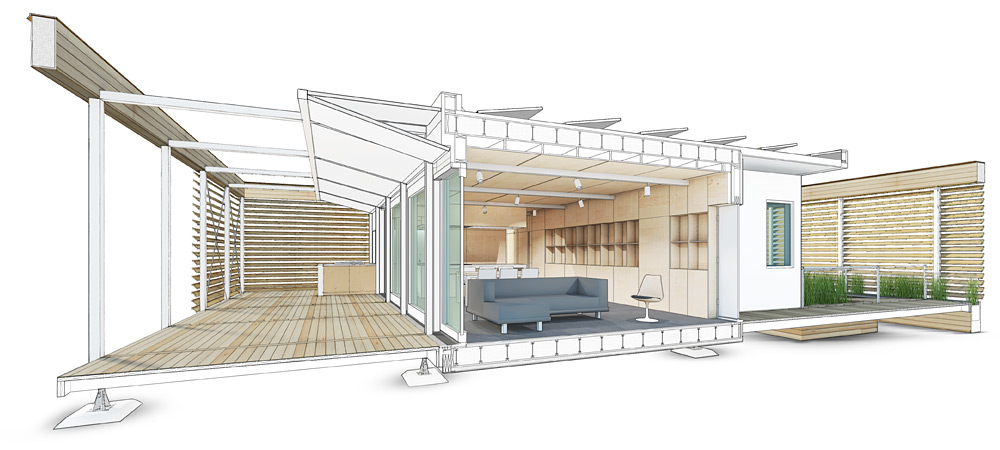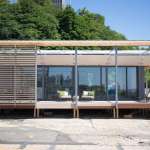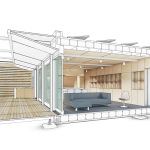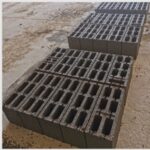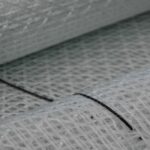Stevens Institute of Technology has won the U.S. Department of Energy Solar Decathlon with a futuristic, hurricane-resistant and energy-efficient coastal home that was inspired by Hurricane Sandy and Hoboken’s long history of flooding.
“We were very hopeful that we were going to get first,” said graduate engineering student A.J. Elliott, 24, soon after the official win was announced Saturday afternoon. “We think this really sparks the conversation as an alternative to raising homes up on stilts. We’re certainly going to be doing more research at Stevens, continued research on coastal resilience, and we hope that more people continue (to do research).”
Dozens of students, with guidance from faculty, built the home to withstand Hurricane-force winds and flooding. Named the “Sure House,” their design won top honors this week at the 2015 competition in Irvine, California.
The prestigious competition charged the “best and brightest minds from around the world to create innovative, highly energy-efficient homes that will change how we build,” U.S. Energy Secretary Ernest Moniz said in a statement.
The Sure House was Stevens’ third entry to the competition since 2011 and achieved a total score of 950.685, beating more than a dozen other student teams from universities around the world by ranking highest in architecture, market appeal, communications, appliances, engineering, commuting and home life, Stevens said in a press release.
The house was valued during the competition at $290,000, despite the school’s prior estimates that it would cost $330,000, Elliot said.
The house, which NJ Media received a tour of in Hoboken prior to the competition in California, was built with fiber-composite materials, like those used in boat-building, has bi-folding storm shutters and uses 90 percent less energy than conventional homes, students said. The home can also power a hybrid vehicle.
The house, which was assembled in Hoboken over several months, had to be built in three separate modules that were then transported on tractor-trailers to California, Elliot said. “We reassembled everything in about nine days which was a really incredible turnaround,” Elliot said. “It’s a crazy competition, the whole nature of building a home taking it apart and putting it back together in less than 10 days.”
While the fate of the house is currently unclear, there have been discussions of bringing it back to either Seaside Park or Hoboken to serve as a functional resiliency centre and educational destination for children on field trips.
Photo 4’s caption: graduate engineering student A.J. Elliott;


